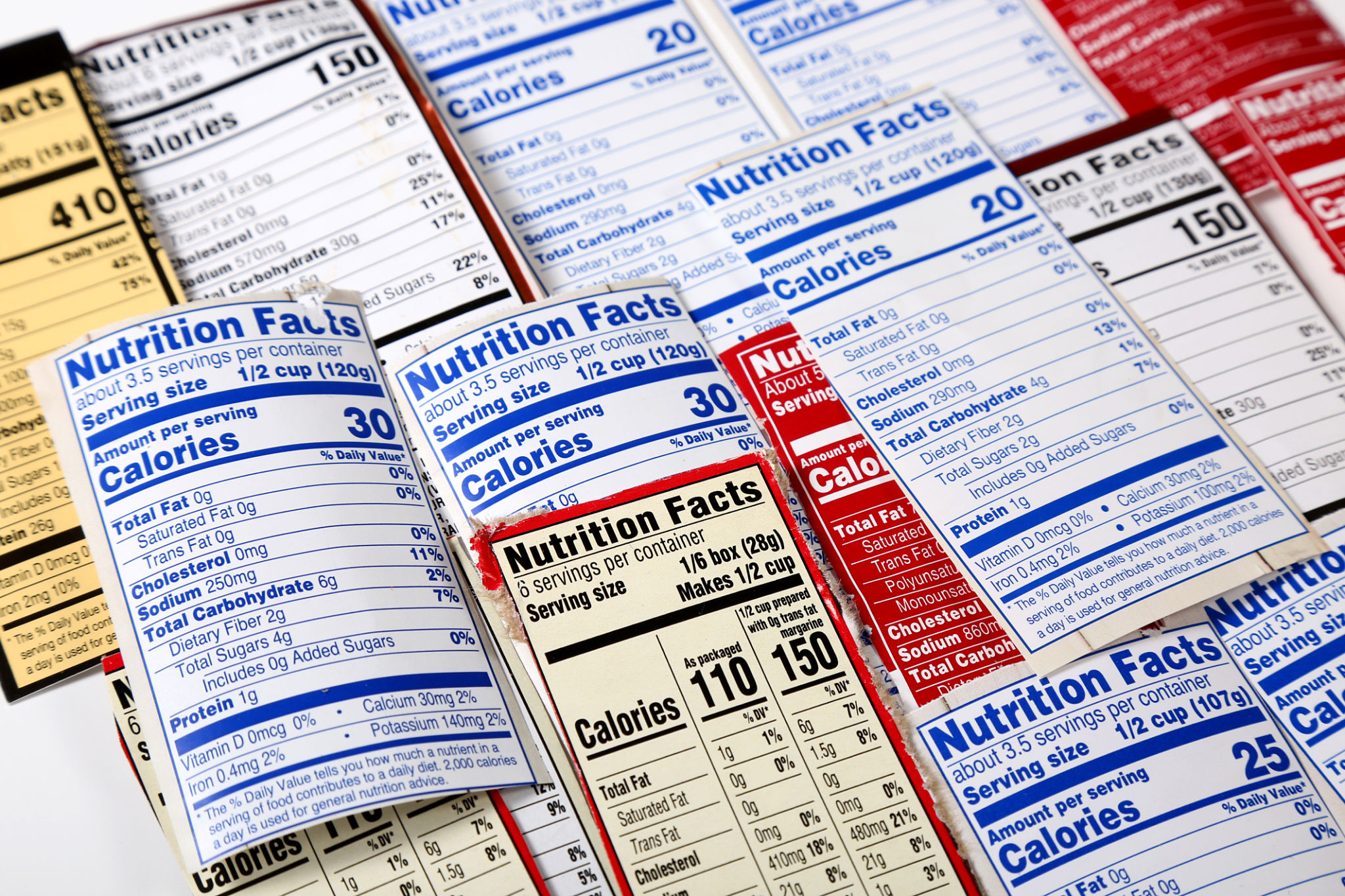Myth-Busting: Common Misconceptions About Clean Label Ingredients
Understanding Clean Label Ingredients
In recent years, the term "clean label" has gained significant traction in the food industry. Consumers are increasingly seeking products with ingredients they can recognize and understand. However, with this trend comes a variety of misconceptions that can confuse consumers. In this blog post, we aim to debunk some of the most common myths surrounding clean label ingredients.

Myth 1: Clean Label Means Organic
One of the most widespread myths is that a clean label automatically means that the product is organic. While both concepts focus on health and transparency, they are not synonymous. A clean label emphasizes simplicity and transparency in ingredients, whereas organic refers to how an ingredient is grown and processed. Therefore, a product can have a clean label without being certified organic.
Myth 2: Clean Label Equals All-Natural
Another misconception is that clean label products are always all-natural. While many clean label products do prioritize natural ingredients, the two terms are not interchangeable. A clean label focuses on ingredient transparency and simplicity, not necessarily the natural origin of every ingredient. It's possible for a product to have a clean label while including some ingredients that are not strictly natural.

Myth 3: Clean Label Products Are Always Healthier
Consumers often believe that clean label products are inherently healthier. While these products may avoid artificial additives and preservatives, this doesn't automatically equate to better nutrition. It's important to evaluate a product's overall nutritional profile rather than assume it's healthy based on its clean label status alone.
Myth 4: Clean Labels Eliminate All Additives
Many consumers think that clean labels mean no additives whatsoever. However, clean label products may still contain additives, but these are usually ones that are recognized and understood by consumers. The goal is to avoid complex chemical additives in favor of simpler, more familiar ones.

The Importance of Consumer Education
As the demand for clean label products continues to grow, so does the need for consumer education. Understanding what clean labels truly represent can help individuals make informed choices about the foods they consume. It's crucial for consumers to read labels carefully and not rely solely on marketing buzzwords.
Navigating the Clean Label Trend
The clean label movement is more than just a trend; it's a response to consumer demand for transparency and simplicity in food production. By debunking these myths, we hope to provide clarity and empower consumers to make choices that align with their personal values and health goals.
In conclusion, while the concept of a clean label is appealing, it's important to separate fact from fiction. By understanding what clean labels truly signify, consumers can navigate food choices with confidence and accuracy.
